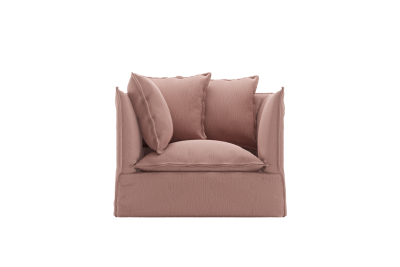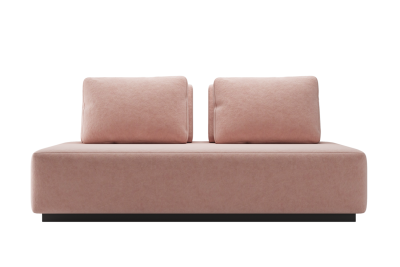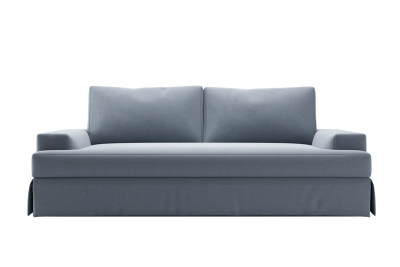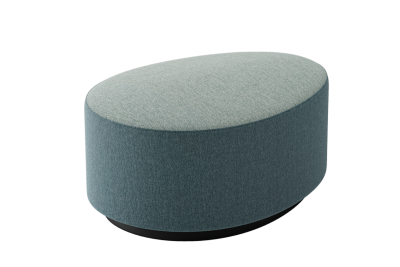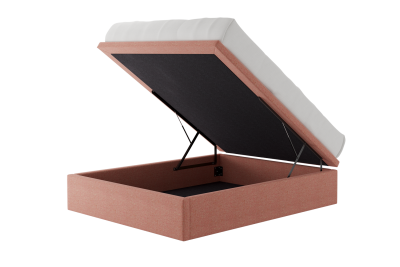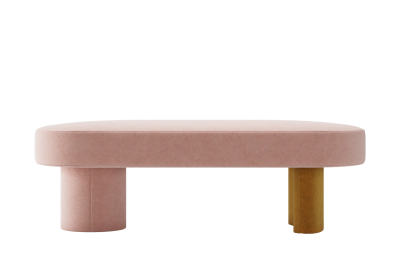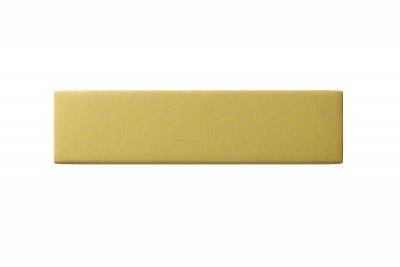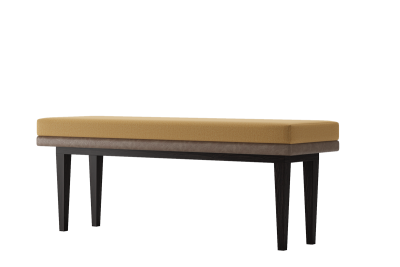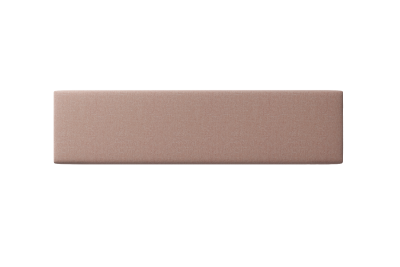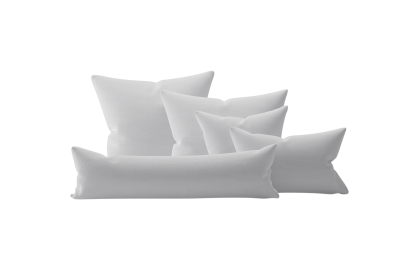Maximise style and space with this designer loved feature
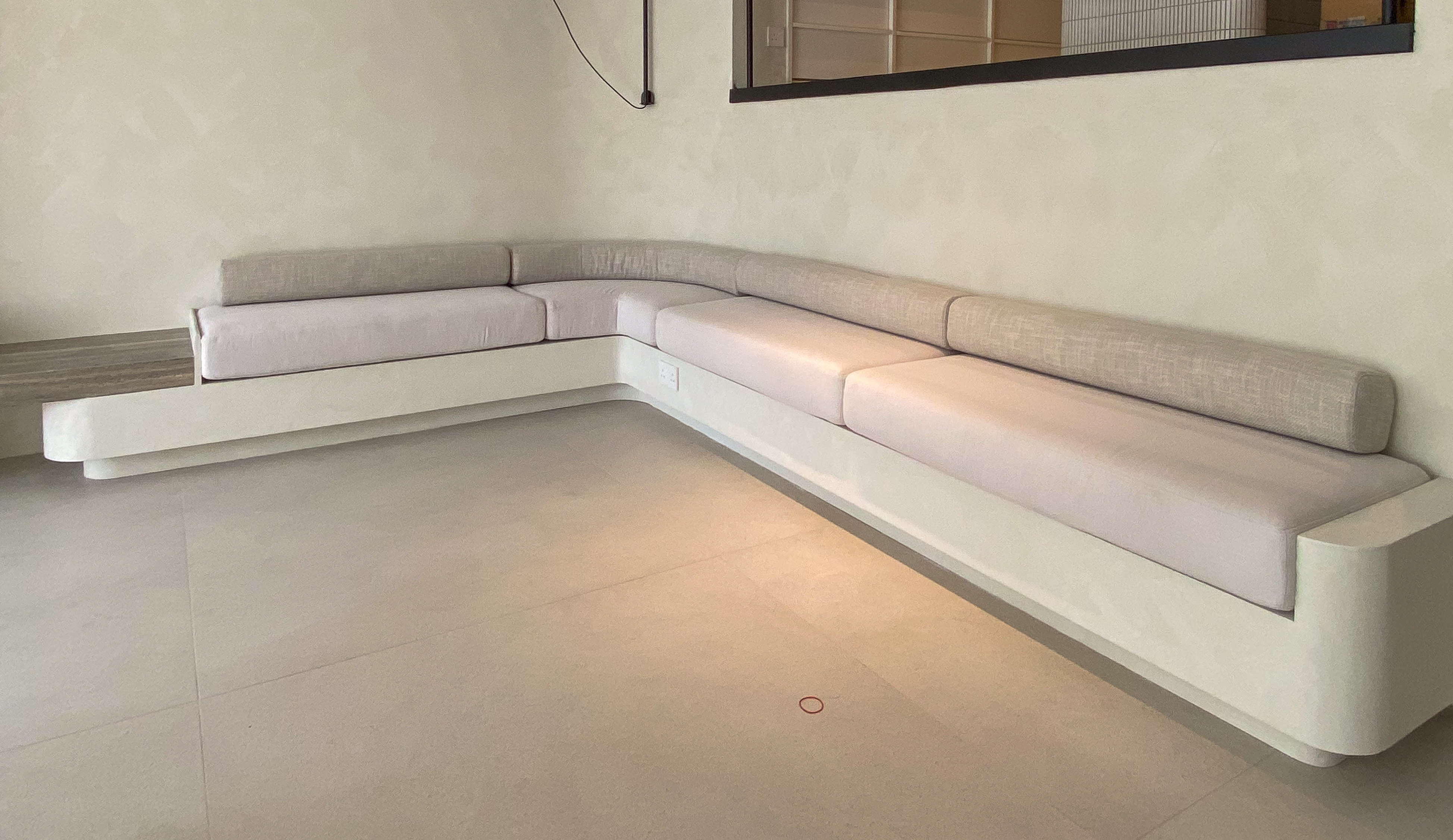
Living in a small space often require strategic use of furniture and thoughtful organisation to get the most out of your small home. One of our favourite ways is an idea more commonly seen in cafes and restaurants into your home - the banquette.
But first, what is a banquette?
A banquette is a long, upholstered bench, often against a wall. This furniture type is commonly used to maximise seating in a limited space. As a dining setting, diners are seated along one side of a table, as opposed to individual chairs on all sides.
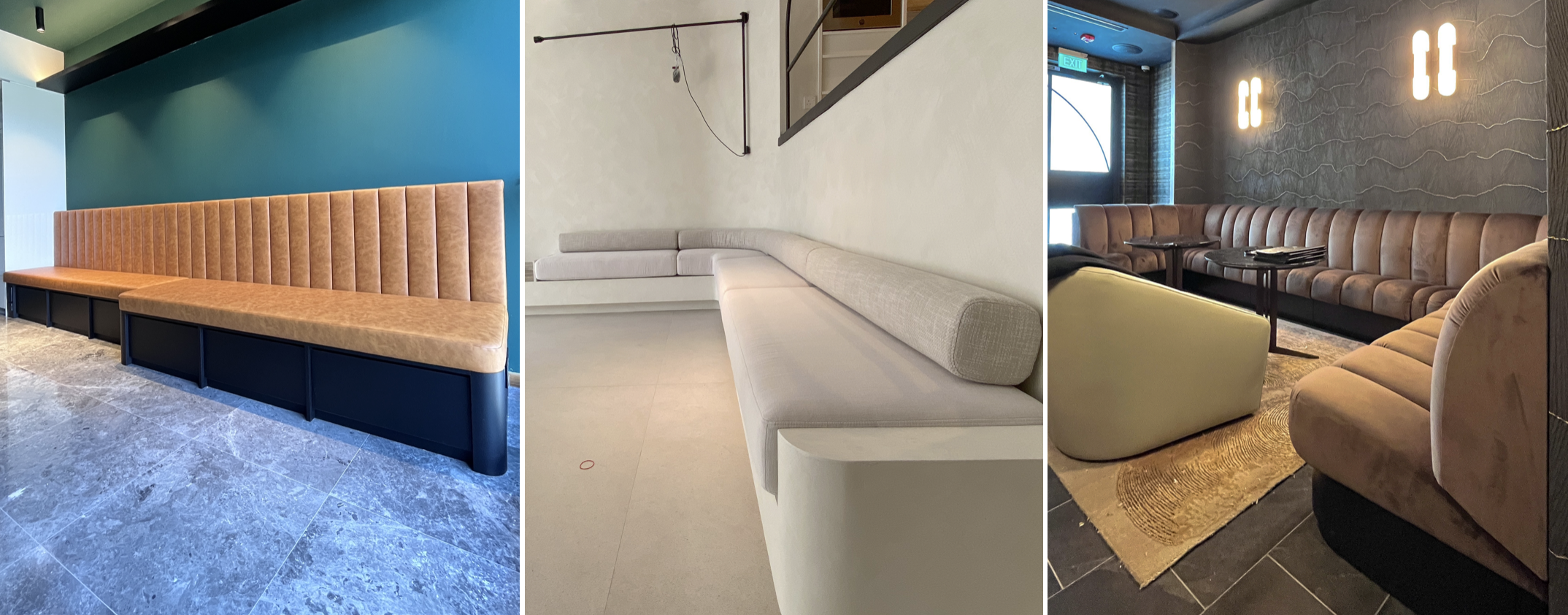
So why do dining banquettes work so well?
1. Seats more people but take up less floor space
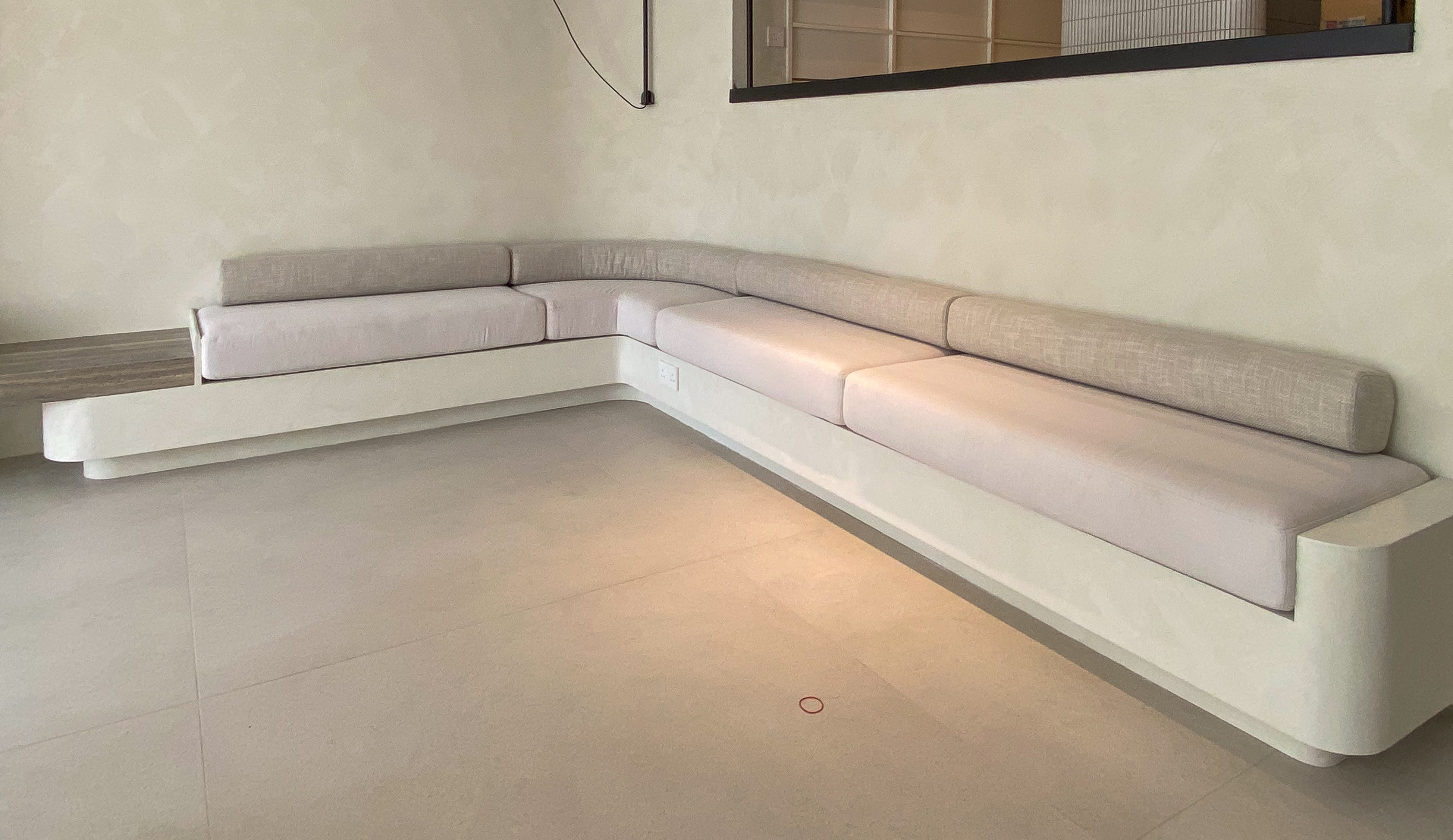
Banquettes work around space constraints because they hug the wall and can fit snugly into corners. They are offset to at least one wall, which means they need less floor space compared to an equivalent number of freestanding dining chairs with adequate circulation room.
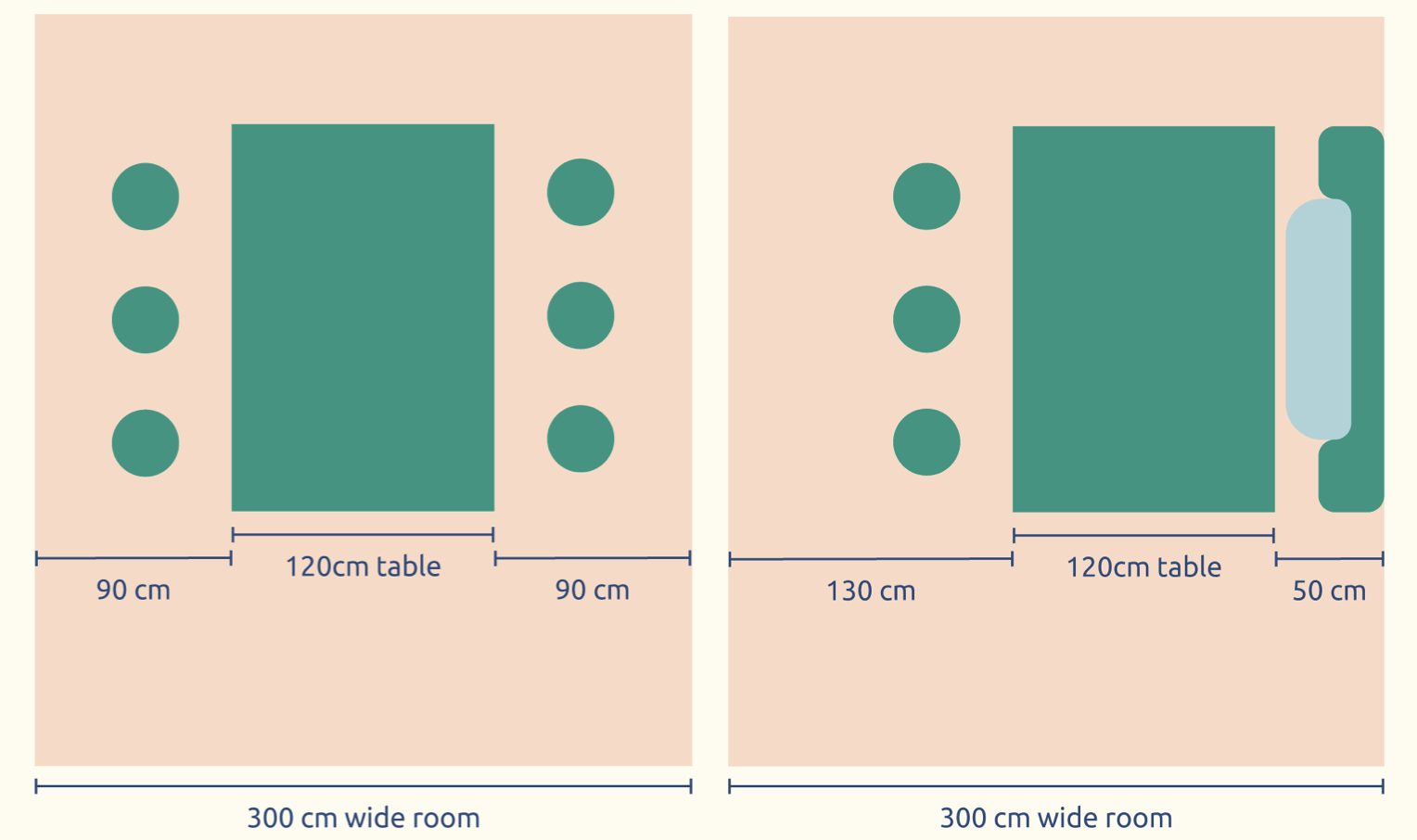
While the exact space difference depends on the banquette design and layout of your dining area, in general you can save 80 - 100cm of floor space compared to a traditional dining room set up.
2. Effective use of irregular corners
Architectural features like the odd fixed pillar placement or an asymmetrical corner can create 'dead' zones even if you have a large space. This is where a banquette can come in where traditional furniture might not fit well.

For instance, the project above features a single-sided banquette built along this gently arcing wall. The banquette maximises the length and curvature of this irregular space, which otherwise would have been underutilised with only freestanding furniture.
3. Opportunity for additional built in storage
One of the primary advantages of a banquette is the potential for built-in storage. Consider pull out drawers like this project we worked on:

Or hinged seats that lift up to reveal storage space underneath. This is an excellent solution for storing items like extra linens, tablecloths, or rarely used kitchen appliances. Let's see a dining chair do that!
4. Multifunctional use for various situations
You can increase the banquette's overall utility by making good choices.
For example, with good quality cushions in high performance fabric, it can be a cozy dining nook. Add good lighting and outlets for charging devices and the banquette can become a conducive work task and homework station. Implement a calendar, bulletin board, and storage for mail and important documents and your banquette can be designated as a command center for family organization and communication.
5. Renter friendly
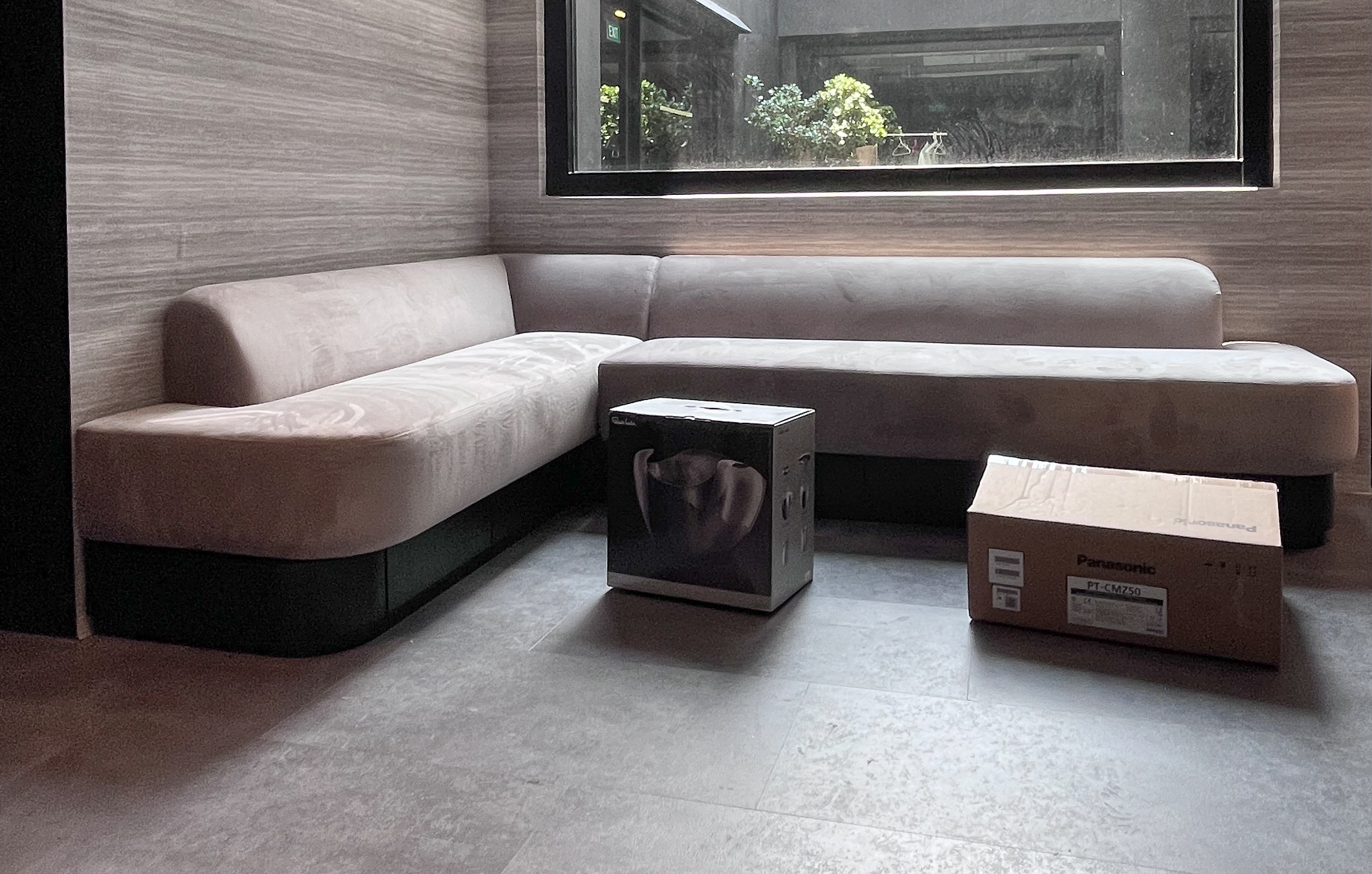
Banquettes can be made to fit, but don't have to be fixed. As long as efforts are made to tailor the banquette dimensions to fit the available space perfectly, the weight of the banquette alone will ensure that it stays put.
Want to build one in your space? Know these first!
1. Use good materials

Your banquette will likely be designed and used for multiple situations - family dining, homework station, playroom seating etc What you want are good firm cushions and a hardy upholstery that can withstand high traffic and cleans easily. Opt for a high performance upholstery like Aquaclean to make maintenance a breeze.
2. Comfortably sufficient dimensions
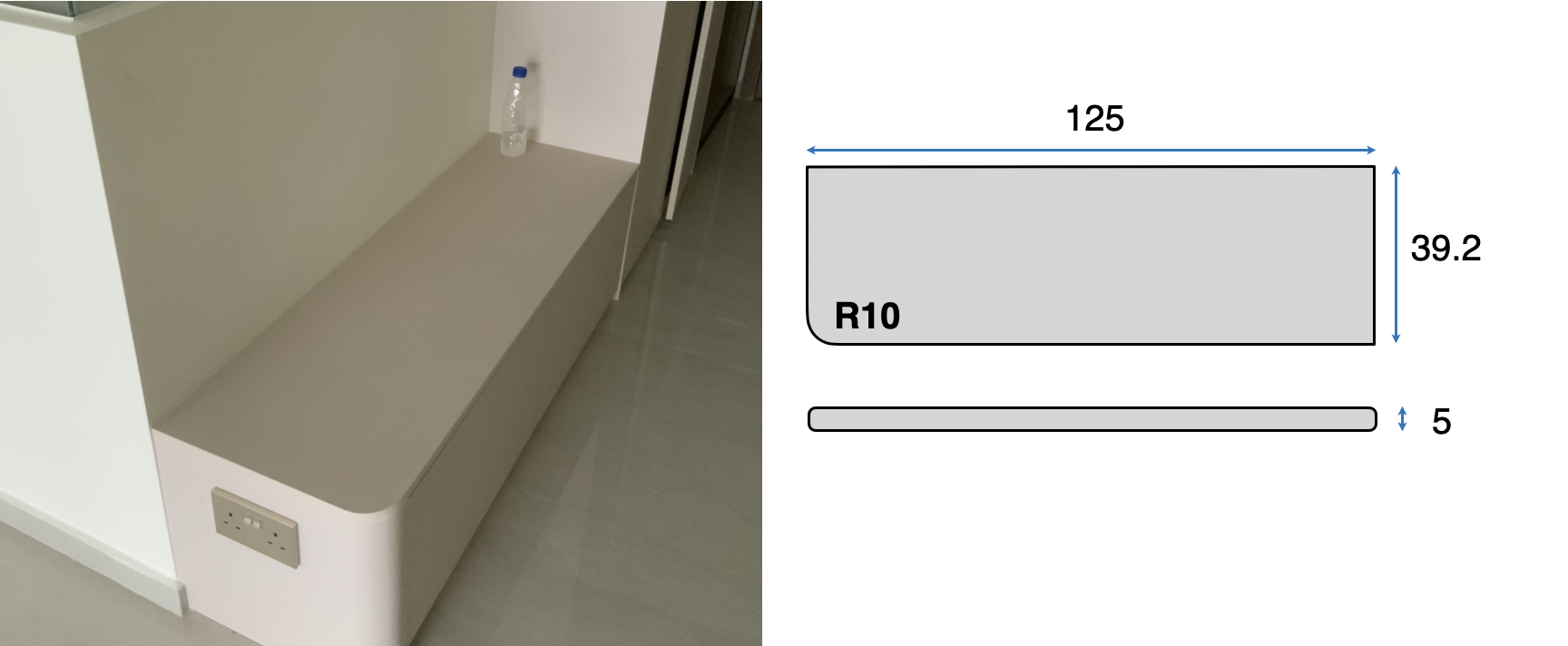
You can save space with a banquette but don’t scrimp on it. Some mistakes we’ve seen made include banquettes that are too shallow. Ensure that your banquette has at least 45cm sitting depth. If you’re loading up your banquette with cushions, buffer that allowance into the depth of the seat so the banquette remains comfortable for extended periods of time.
3. Pair with the right table
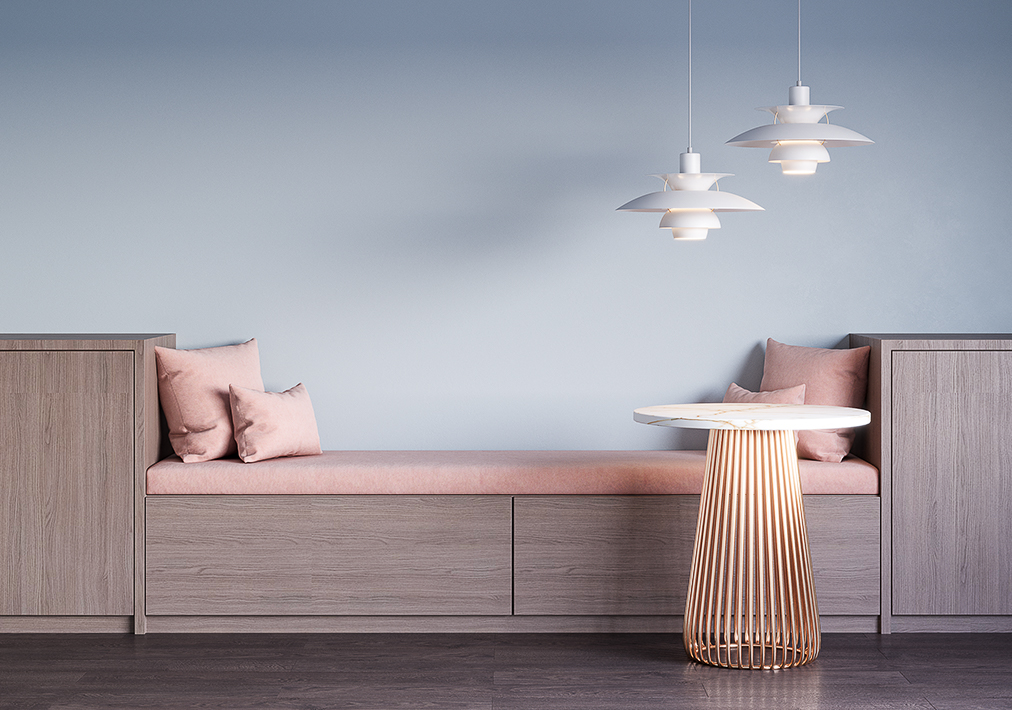
Tables with a centre pedestal tend to be more practical than tables with legs in each corner — one encounters less obstacles when “shimmying” in and out. To ease the shimmying, aim to extend the length of the banquette past the table by about 30cm so people can be seated and slide in and out a little more easily.
